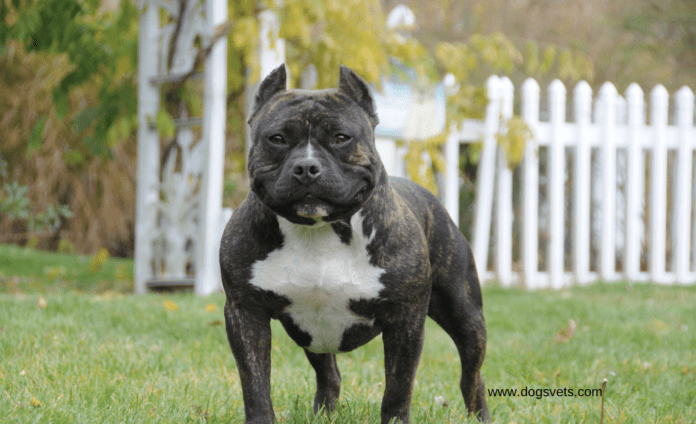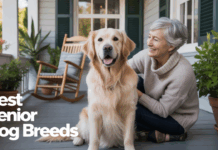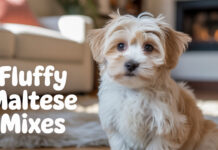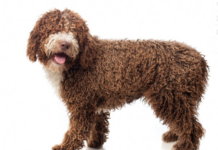Last Updated on May 28, 2023 by Dogs Vets
The American Bully XL Controversy: Are Breed Bans the Solution?
The debate concerning American Bully XL dogs has escalated due to a series of unfortunate incidents involving the breed. While renowned for their friendly demeanor and compatibility with children, these dogs have been involved in some recent tragic events that question their safety.
Tragic Incidents Spark Concern
Last week, a father of two, Jonathan Hogg, 37, from Leigh, Greater Manchester, was fatally injured by a dog, purportedly an American Bully XL. The family man was playing with the dog when it attacked him, leading to his untimely death.
Since 2021, seven fatal incidents involving XL Bullies and an XL cross have occurred in the UK, causing the death of three children: Bella Rae Birch (17 months), Alice Stones (4), and Jack Lis (10).
The Origin and Nature of XL Bullies
The American Bully XL is a larger variant of the American bulldog. This breed is a contemporary version of the old bull– and bear-baiting bulldogs of centuries past, combining genetics from pit bulls, mastiffs, and other bulldog breeds.
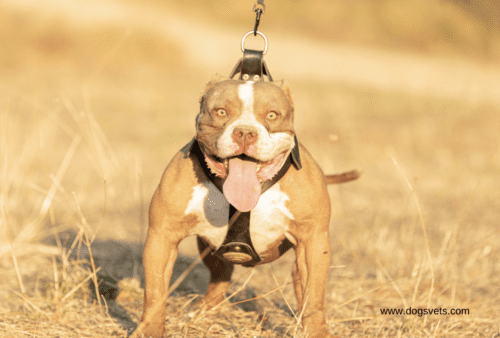
Pit-bull type dogs, including the banned American pit bull terrier, have similar roots and are bred for strength and tenacity.
“Blame the Deed, Not the Breed”: A Controversial Stance
The mantra “blame the deed, not the breed” is frequently used by advocates to shift the blame from the breed to individual cases.
However, this perspective has been questioned after recent severe dog attacks, including a fatal mauling involving an XL Bully in January.
The Science of Selective Breeding: A Factor in Aggression?
Alexandra Semyonova, a renowned author and dog behaviourist, has published numerous writings on the subject of selective breeding for specific tasks. The pit bull’s physical and mental characteristics have been honed for aggression and a “killing bite”.
Contrary to non-fighting bred dogs, which are usually conflict-avoidant, pit bull-type dogs are known to attack other animals.
The Dichotomy of Opinions on XL Bullies
There’s a significant divide in perspectives regarding these dogs, especially since their popularity surged in the late 90s due to their depiction as “weapon” dogs in the media.
Major organizations such as the Kennel Club, dog charities, behaviourists, and trainers tend to support the belief that a dog’s behaviour is a result of its upbringing, not its breed. This perspective, however, is often challenged when the behaviour in question appears to be bred into them.
The Perils of Dog Adoption and Fostering
Dog rescue organisations frequently promote the adoption of these breeds. However, cases like Joanna Harris, who suffered a serious mauling while fostering an American Bulldog, raise concerns about the transparency of these organizations.
Legal Steps towards Breed Regulation
The All-Party Parliamentary Dog Advisory Welfare Group (APDAWG) recently backed an Early Day Motion to promote discussion about the increase in dog attacks.
The group argues that the current Breed Specific Legislation (BSL) and the Dangerous Dogs Act 1991 have been ineffective in addressing these issues, thus signaling the need for reconsideration and possible breed bans.
Understanding the American Bully XL Breed
The American Bully XL, a popular breed within the ‘bully breeds’ group, is characterized by its impressive size, strength, and unique physical characteristics. With their muscular build and striking appearance, these dogs have become a topic of discussion, igniting debates around their temperament and suitability as family pets.
The Call for a Ban
There’s been an escalating call from different quarters to ban American Bully XL dogs. Critics cite issues such as aggressive behavior, potential danger to humans, and a disturbing trend of irresponsible ownership leading to unfortunate incidents.
The Counter-Argument: Responsible Ownership
On the other side of the fence, proponents argue that banning an entire breed based on the actions of a few isn’t the solution. They emphasize the importance of responsible pet ownership, training, and socialization.
A Balanced Approach: Regulations Instead of Bans
Instead of banning the breed outright, some suggest a more balanced approach. They propose stricter regulations on breeding and ownership, along with comprehensive education about these dogs and their needs.
Stricter Breeding Regulations
Stricter breeding regulations could help to ensure that only responsible breeders, committed to the health and temperament of the breed, are able to produce these dogs.
Mandatory Training and Socialization
Along with stricter breeding rules, there’s also a call for mandatory training and socialization requirements for potential owners, to ensure that they are well-equipped to handle and care for these dogs.
The Path Forward
Whether it’s an outright ban or stricter regulations, the debate over American Bully XL dogs is far from over. It’s critical, however, that whatever path we choose, the welfare of these dogs and the safety of our communities remain our primary focus.
References:
- American Kennel Club. (2021). American Bully Breed Information Guide: Facts, Pictures, Temperament, Character, Care, Exercise, Training, Breeders, Puppies. [online] Available at: https://www.akc.org/
- RSPCA. (2021). Breed-specific legislation. [online] Available at: https://www.rspca.org.uk/
- Dogs Trust. (2021). American Bully XL. [online] Available at: https://www.dogstrust.org.uk/
- The Spectator. (2023). American bully XL dogs should be banned. [online] Available at: https://www.spectator.co.uk/article/american-bully-xl-dogs-should-be-banned/
Fact Check
We strive to provide the latest valuable information for pet lovers with accuracy and fairness. If you would like to add to this post or advertise with us, don’t hesitate reach us. If you see something that doesn’t look right, contact us!
